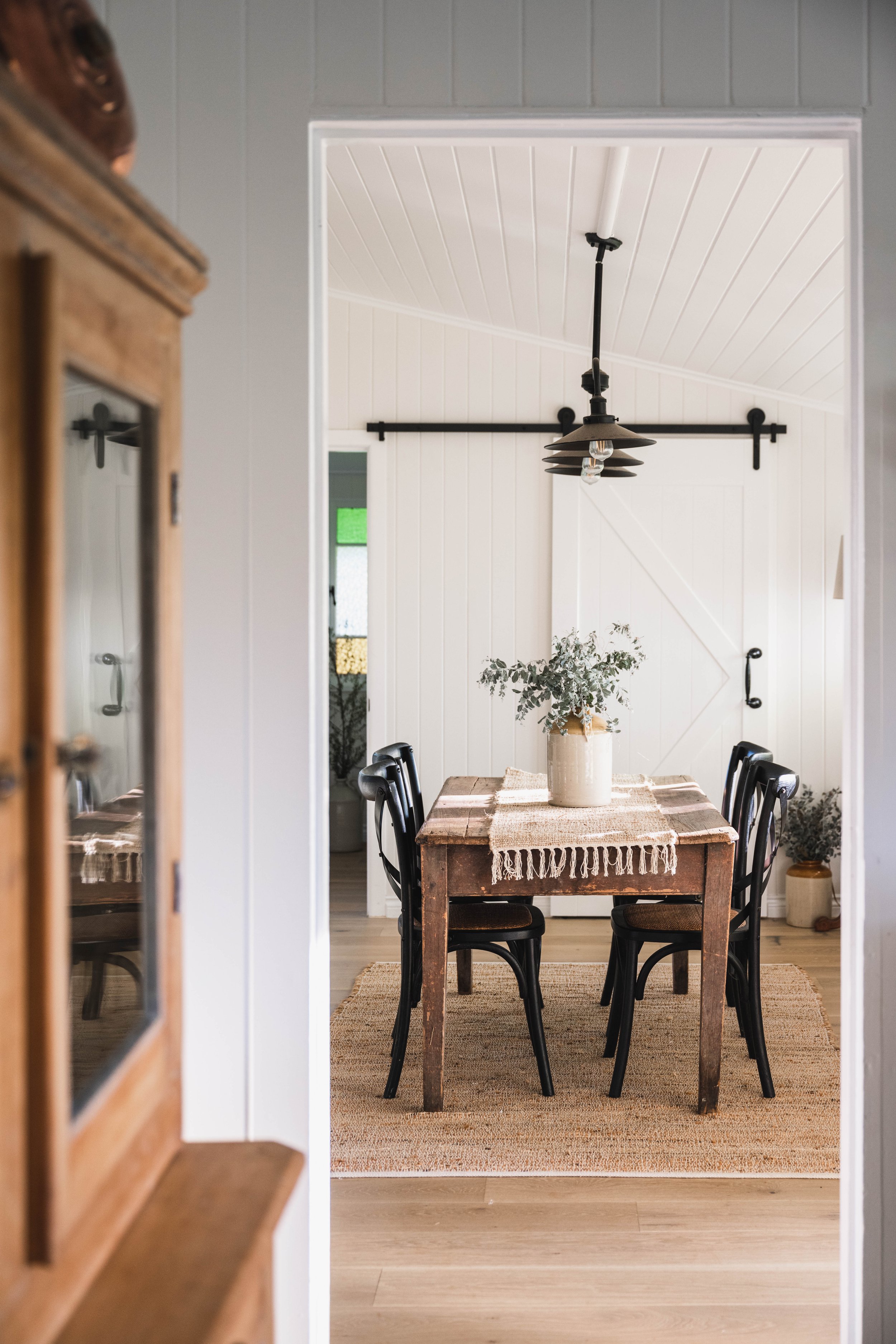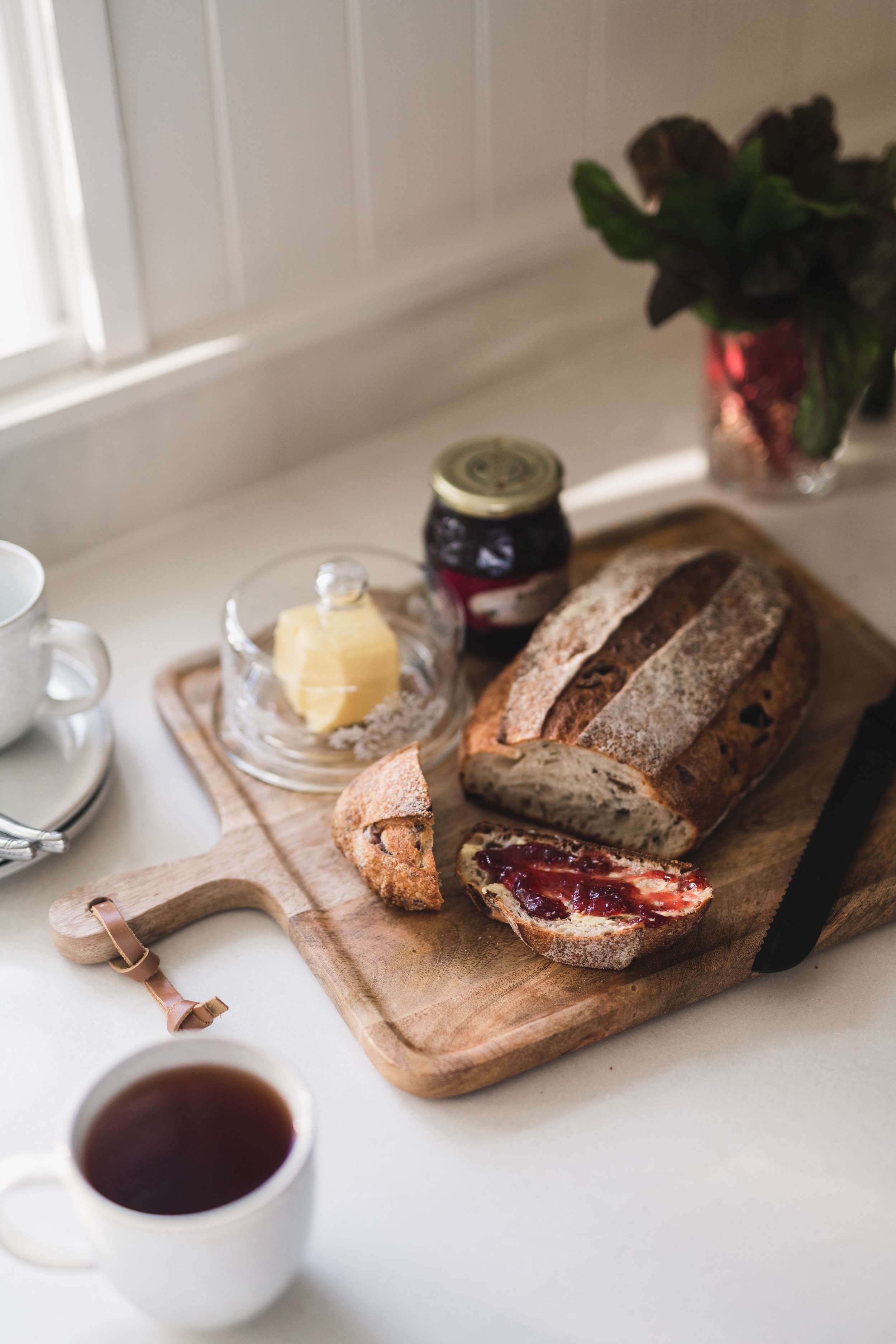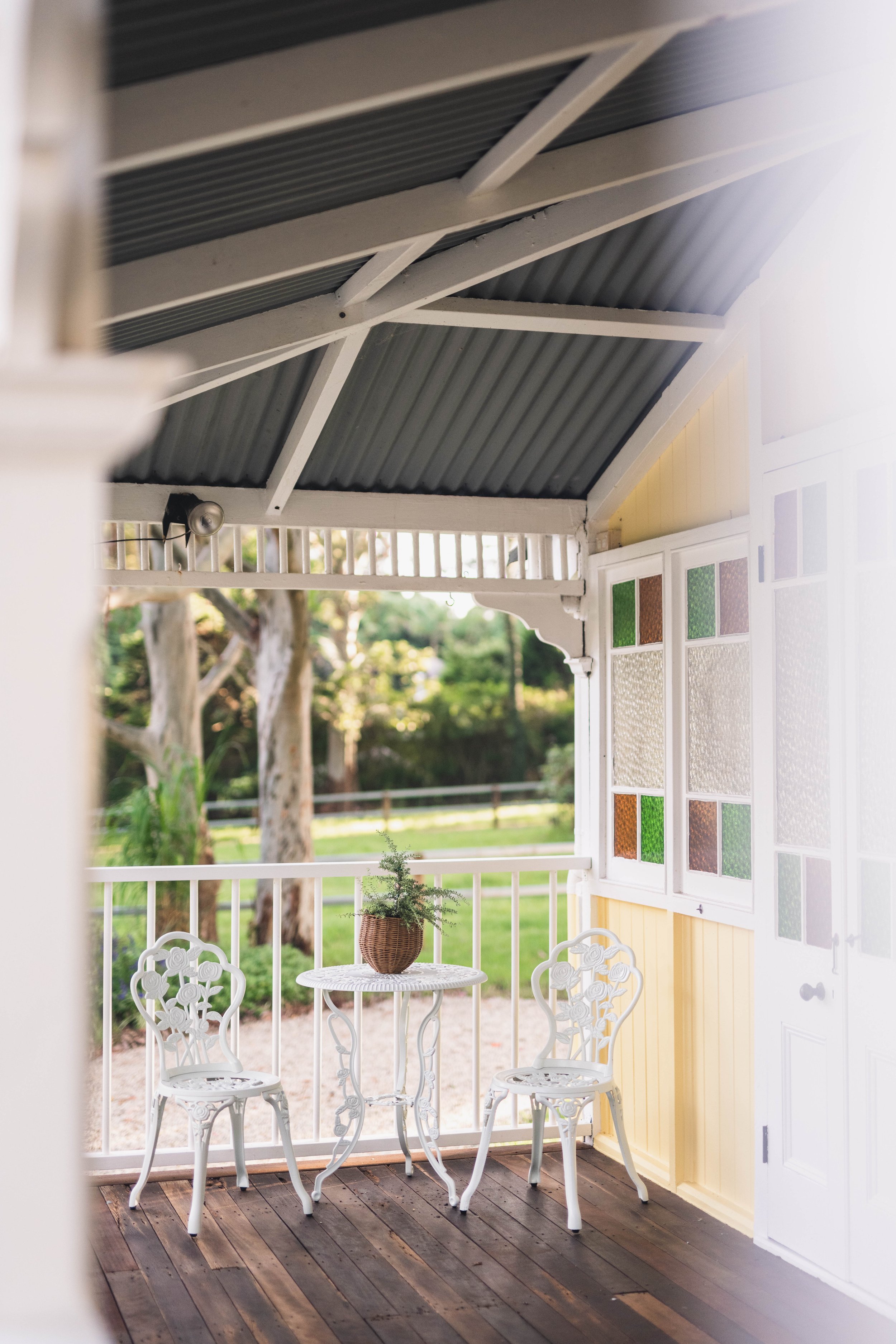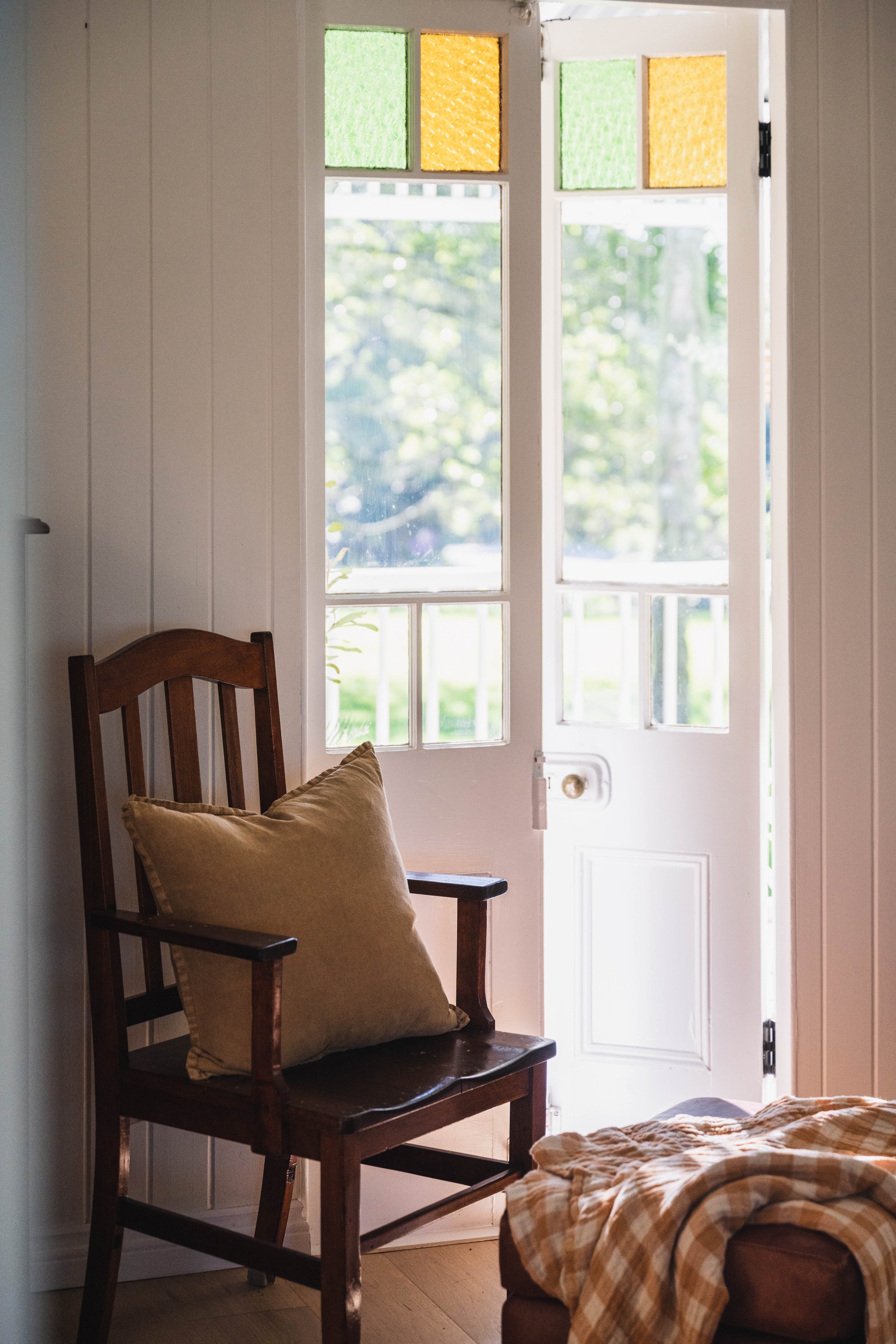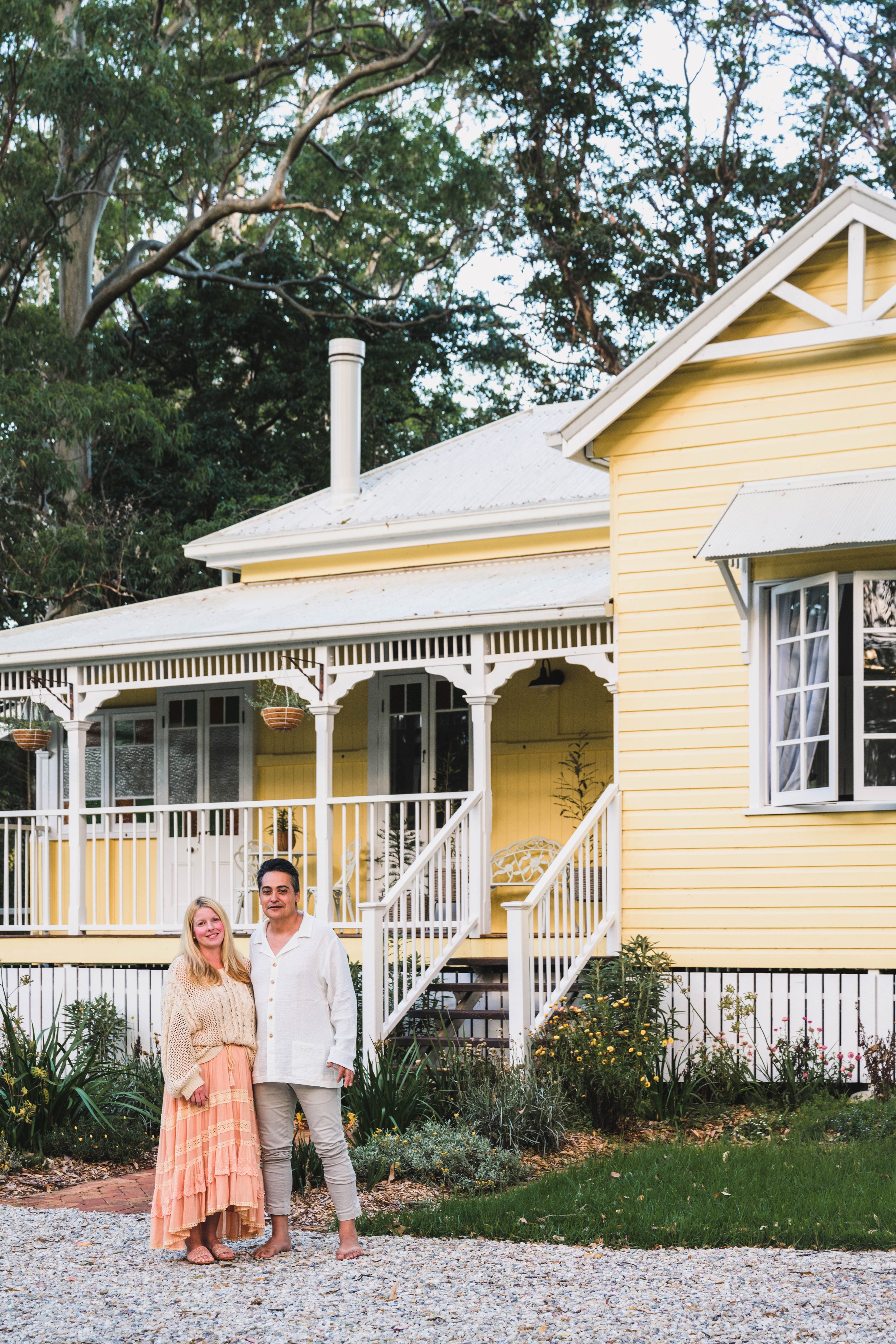Rescue houses and animals at Tallowwood Lane
I love a long paragraph or two in a photography enquiry. It shows me how passionate a person is about the project they are working on and that they are going to be invested in the outcome of their photography.
After a few emails back and forth with Heidi & David from Tallowwood Lane about the removal home they were about to list as an Airbnb and boutique accommodation on Mount Tamborine, I was most excited about their passion for nature.
Heidi is a wildlife carer and David is incredibly passionate about native flora as an aside to his business as a commercial designer.
I wanted to share an interview with them to dig into the ‘why’ behind Tallowwood Lane.
Enjoy!!
How long have you owned the property/business?
We purchased the land in December 2020 and in July/August, both Queenslander homes were relocated to the block.
What else do you do with your time outside of running this business?
We have a design business that is our full time work. David is an architect designing retail shops, cafes and restaurants and I handle all of the administration side of the business. We also undertake volunteer work with various environmental organisations and initiatives. I am a volunteer wildlife rescuer and carer with Wildcare Australia Inc. David volunteers his time in tree planting and environmental initiatives with organisations; Landcare and Watergum, along with our own tree planting initiative Koalas On The Green (planting koala food trees on golf courses).
Describe your journey between deciding you wanted to run accommodation up to now?
Opening a short-term accommodation stay and moving two old Queenslander homes certainly wasn't part of our original plan! However, we had so many people fall in love with the property saying what a dream place it was, so this was the impetus for exploring the idea of creating a short-term accommodation stay. After much thinking, crunching numbers and wondering if we had lost our minds, we hoped that if we could pull it off, that it would achieve two outcomes.
Firstly, we could share our property with guests providing them with a nourishing mountain escape from their busy lives. Secondly, the venture would hopefully provide us with an income that gives us time freedom from our design business to contribute our hours to more community based projects that we are both passionate about.
The yellow cottage which is now known as Wattle Cottage, was the first home to arrive. She journeyed ocean-side from Hervey Bay. Then 4 weeks later, the main house, which we have affectionately named Fern House is the home we reside in. A grand old lady who made her trip to the mountain from inner city Brisbane.
Where did you draw inspiration from when planning the space? Is there a particular story or experience you were trying to highlight?
It was always in our minds to create a space that felt nostalgic, homely, warm and comforting. I yearned for the cottage to embody the feeling likened to the nostalgia I feel when I see Jim's Hut in the movie The Man From Snowy River (one of my most favourite films). I really wanted that provincial feeling of yesteryear and guests to feel the nurturing and slower pace of simpler times, yet with the comforts of modern life. The look and feel that I first envisioned did evolve as we went through the process of what felt right for the cottage, and what we felt would work for our future guests; what suited her story and how she nestled into her new place on Tamborine Mountain.
Heidi, you are a wildlife carer, how did you find your way to doing this?
Like many, it is a dream vocation to work with animals. As a youngster, I wanted to be a Park Ranger, like Sonny's father in Skippy and Ranger Stacey who would appear on the Agro television show growing up. My career path didn't eventuate along those lines, but it was always a life-long desire to have a connection to wildlife and be involved with them in some way. The year I was to turn forty, I wanted to do something in my life that I was truly passionate and excited about, so I googled wildlife caring and up popped the website for Wildcare Australia Inc. After reading through the information, I knew this was for me and joined up as a volunteer. After rescuing hundreds of animals, particularly koalas and possums, and caring for numerous sick, injured and orphaned possums and gliders over the past six years, I can say that it has been one of the most challenging yet most rewarding things I have done in my life.
I love that you gift your guests with a little wildlife car kit. For those that haven’t stayed with you, can you explain what is included in this and why it might come in handy?
The Glove Box Buddy (GBB) is a pillowcase rolled up with a little rescue instruction card attached that can be placed in your vehicle's glove box in the event you come across a sick, injured or orphaned native animal that needs help ie. such as an injured bird or orphaned possum joey. The instruction card outlines a quick step by step guide on how to safely contain the animal in the pillowcase and then transport it to the closest vet clinic or wildlife hospital. Did you know that it is free of charge to drop a native animal to a vet clinic? We leave a GBB for each guest complimentary in the cottage so that if our guests would like one to pop in their car, they may do so. The GBB's are an initiative of Wildcare whom I volunteer with. They are such an invaluable resource and the ultimate goal would be for every car in Australia to have one in their glove box.
Can you link to any further resources on rescuing wildlife for everyday people?
The Wildcare Australia Inc. website (www.wildcare.org.au) is a wealth of information on what to do if you come across an injured animal. However, we urge the public, to always phone your local wildlife rescue group immediately if you find a sick, injured or orphaned animal and need assistance. Time is of the essence, so never hesitate or worry what time of the day or night it is. Always call straight away. Most wildlife groups will have a phone number that is manned 24/7. If you are in South-East Queensland, the numbers to call are:
* Wildcare Australia Inc. 24/7 hotline is: 07 5527 2444
* RSPCA Queensland: 1300 ANIMAL (1300 264 625)
David, you have particular passion for tree ferns, I would love him to hear how you fell in love with them?
I think I was able to express my passion for tree ferns in the past 2 years while we were setting up Tallowwood Lane.
What do I like about them? They are simply magical, especially when you have the opportunity to see them in the wild. Places like Tarra-Bulga National Park in the Gippsland region of Victoria and Gloucester Tops on the central coast of NSW are two particular places that capture the primeval beauty of tree ferns. I remember visiting these places, where great stands of tree ferns appear out of the mountain mist.
To date I have planted over 100 tree ferns, which I acquired from different sources from tiny fernlings from specialist growers, to digging out large specimens from residents on the mountain who didn't have the appreciation I have and want them gone. You could say that I'm creating a tree fern refuge for unwanted tree ferns and also an ark to help preserve rare and endangered species.
Why is caring for our wildlife and flora important to you both?
Our native wildlife is in dire need of people to help them. There is very little government support and almost 100% of work done to rescue and care for wildlife is done by volunteers which is largely unknown by the public. Most people believe volunteer rescuers and carers are paid jobs.
The fuel to transport sick and injured animals to wildlife hospitals, fuel to go and collect a native diet to provide compromised animals in care, along with the time to go outside of your paid employment. Also purchasing housing and other feeding and care supplies to look after native animals, all of these things are predominantly the expense of volunteers to pay themselves. Wildcare Australia Inc. relies on donations from the public to help assist rescuers and carers with the purchase of milk supplements, food supplies and housing for animals in care.
How was your photoshoot experience with me?
The photoshoot experience with you was wonderful. You made everything so calm, natural and the day was really lovely. We really loved the little to-do list you gave us prior to your arrival to ensure we could achieve the best outcome possible. This little list helped us so much, and we loved hearing your input and also looking for new angles of ways of presenting the cottage. Having your expertise to see our cottage through different eyes and utilise your skills and experience in styling certain shots in ways we wouldn't have thought of, made us feel that we were in the best of hands. We knew we could leave it to your good eye, talent and skill to produce a fabulous end result.
Do you feel that having professional photos has made a difference to helping draw your ideal guests to the property?
Absolutely, 200%! No question about it! There was never a doubt in our minds that we would engage the services of a professional photographer when we made the decision to turn the cottage into a holiday stay. Professional photos is something we knew the value of and were prepared to invest in.
However, nothing could prepare us for the day that your email came through with the final photos. I'm glad we were sitting down, because, we were blown away. It really was a pivotal moment opening up those photographs. To see how you viewed the cottage through your lens to capture everything we had put into her for almost two years prior. Seeing the images you capture, really was like the unveiling of an artwork two years in the making. Your photos took our breath away.



